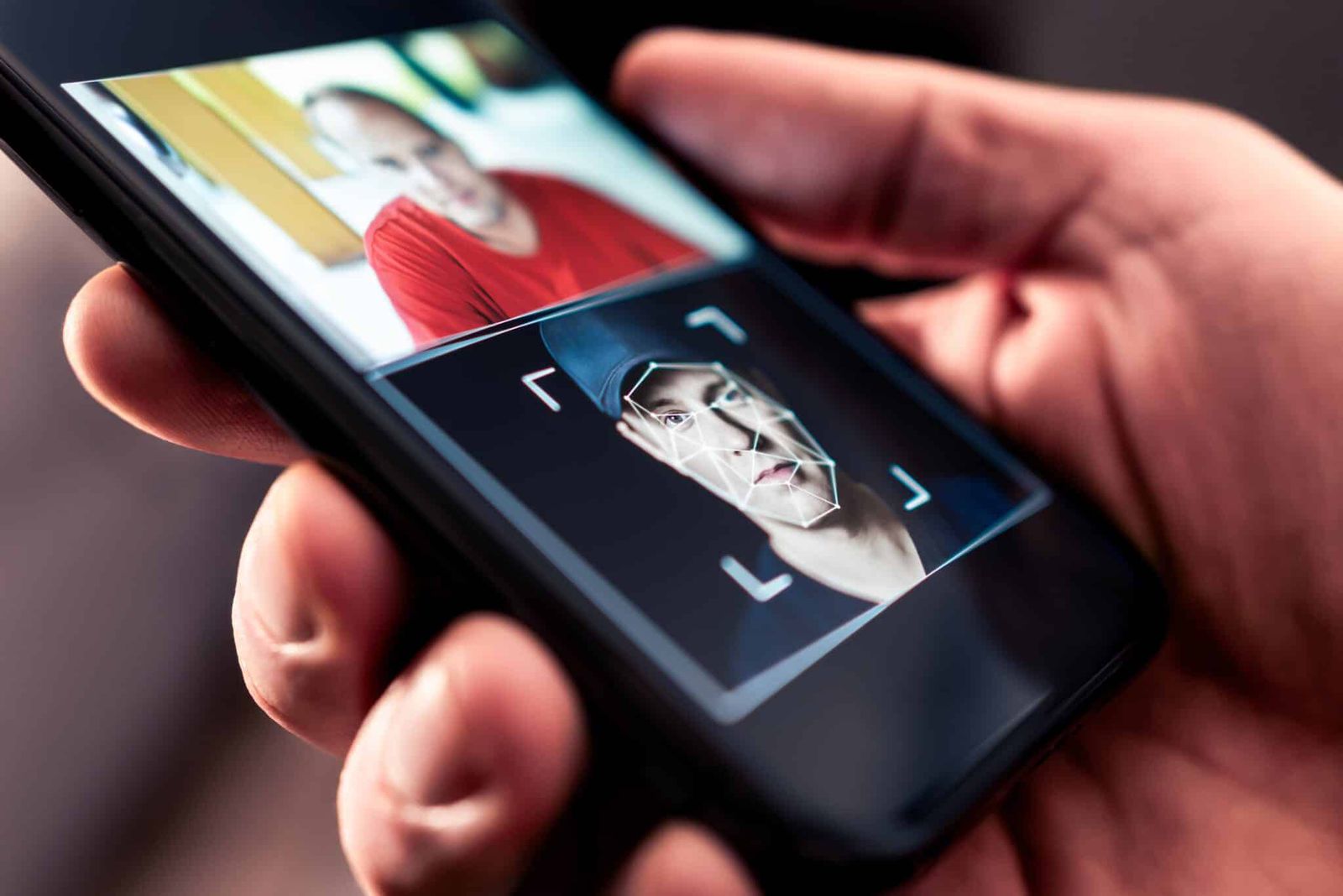Study Finds That Just Five Minutes of Training Can Help People Spot AI-Generated Fake Faces

New Delhi | November 14, 2025 A new study has shown that even a short five-minute training session can make people noticeably better at identifying AI-generated fake faces. As artificial intelligence tools become more advanced and deepfake images spread quickly online, many people struggle to tell what is real and what is manufactured. This study, carried out by the University of Reading, suggests that simple guidance can make a big difference. The researchers worked with 664 participants, many of whom are involved in work that requires them to study videos and images for security purposes. They were shown a mix of real photos and AI-generated faces created with StyleGAN3, which is one of the most powerful face-generation tools available today. Before any training, people could correctly spot the fake images only 42 percent of the time, showing how easy it is to be fooled by realistic AI pictures. After that, the participants were given a short five-minute lesson. This training did not involve anything complicated. It simply highlighted small flaws that AI often leaves behind, such as oddly shaped hair strands, unnatural numbers of teeth, strange blending of facial features with the background, or slightly distorted skin textures. These tiny details are often missed at first glance but become easier to notice once someone knows what to look for. After completing ten practice rounds, the accuracy of participants increased sharply. People who were already fairly good at detecting fakes improved from 54 percent to 64 percent accuracy. Even those who struggled at the beginning became better just by learning how to focus on small imperfections that AI systems commonly produce. The study suggests that even everyday internet users could improve their ability to identify AI-generated images with quick guidance. But it also warns that this improvement may not last forever. As AI models continue to develop, they are getting better at hiding the flaws that once made them easy to detect. The gap between real and artificial images is closing fast. Experts also point out other ways to detect AI-generated images. Looking closely at the background can help, since AI often creates unrealistic or oddly shaped objects. If a picture looks too perfect, polished, or unnatural, it might be a fake. Doing a reverse image search is another simple method—uploading the picture to a search engine can help you find the original version, if it exists. Even though deepfake technology is becoming more advanced, this study shows that awareness and simple training can give people a fighting chance. Learning to pay attention to small details can help us stay alert in a digital world where fake images are becoming harder to spot each day. Study Finds That Just Five Minutes of Training Can Help People Spot AI-Generated Fake Faces A new study has shown that even a short five-minute training session can help people become much better at spotting AI-generated fake faces. With deepfakes spreading fast and digital content becoming harder to trust, this quick training method is turning out to be surprisingly effective. Researchers found that by simply learning to notice small flaws like odd hair strands, strange teeth patterns, or unnatural blending in the background, people can improve their accuracy by a large margin. This study included hundreds of participants who regularly work with videos and images. Before training, many struggled to identify AI-made faces. After just five minutes of guidance and a few practice rounds, their accuracy increased sharply. The findings suggest that anyone can become better at detecting fakes if they know what details to focus on. While AI continues to improve, this research offers a useful reminder: careful observation and awareness still give us an advantage. In a world where fake images are getting more realistic every day, learning to spot small imperfections can help us stay one step ahead.




